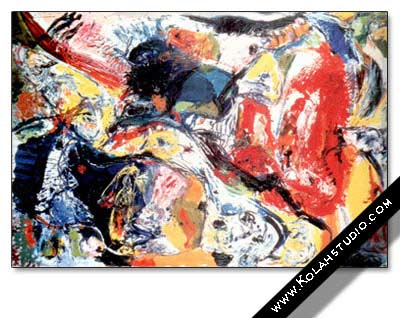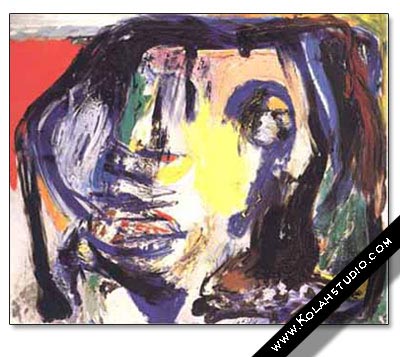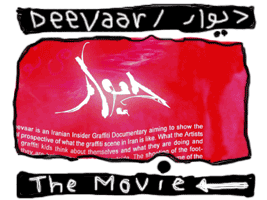Asger Jorn


Jorn Asger
Born March 3,1914
Danish Expressionist Artist
JORN Asger (born March 3,1914 in Vejrum, Jutland, Denmark/died 1973 in Aarhus, Denmark )• Asger Oluf Jorgensen, Danish artist, sculptor, writer and ceramist, who since 1945 signed himself Asger Jorn, began painting in 1932. Four years later he went to Paris to work first under Leger Academy , then with Le Corbusier. He was also influenced by Klee and Miro, among others. During the Second World War he came back to Denmark , which was occupied by the Germans, Jorn published a forbidden journal. He remaind in Denmark , painting canvases that reflect the influence of James Ensor, Vasily Kandinsky, Paul Klee, and Joan Miró and contributing to the magazine Helhesten.

In his unhappiness with the Danish cultural climate Jorn begun seeking his inspiration beyond the boundaries of his own country and it was during these travels through Tunisia , France , the Lapland and the Netherlands that he came into contact with the artists Constant and Appel. Jorn traveled to Swedish Lapland in the summer of 1946, met Constant in Paris that fall, and spent six months in Djerba , Tunisia , in 1947–48. His first solo exhibition in Paris took place in 1948 at the Galerie Breteau.

At last,Together with Constant and Dotremont on the 8th of November 948 , Jorn formed the theoretical group of Cobra in which reacted vehemently against the strictness and the calculations of geometrical abstraction. In 1951 ill-health obliged him to enter a s anatorium, where he remained for nearly a year and a half. In 1953 he settled in Switzerland , and after I955 he lived alternately in Paris and at Albisola Marina near Genoa .

The paintings he did in the ‘fifties still show traces of the emphatic structure of his early work. But this has become dislocated: in these vaguely representational pictures, disturbing faces emerge uncertainly from the patches of colour flung impetuously on to the canvas. By 196o his graphic style has become increasingly vehement, sometimes furious, and the picture is covered with scars, scribbles, a teeming mass of colours that seem in ferment. Amid the tangle of mingled tones and lines one can often make out rough, primitive faces part man and part beast, bewildered or demoniacal, expressing anguish or menace. And the atmosphere is much the same when the work is apparently non-figurative. Jorn may have certain affinities with Appel, but his art reveals more anxiety; there is less impertinence about the faces in his pictures, which have a certain pathos despite their grotesqueness and their sneering grins. Moreover, Jorn expresses himself less brutally than the Dutch painter, his colour shows more studied refinement; he is more unusual, less crude.
Sources
Web Resources:
http://www.cobraart.com/Cobra_Asger_Jorn.html
http://www.guggenheimcollection.org/site/artist_bio_69.html
Published and Books:
1- A Dictionary of expressionism |French author : Joseph-Emile Muller English
translation : Eyre Methuen | London 1973 Pub.METHUEN LTD
Images:
Kolahstudio.com Image Archieve
http://www.tobeart.com
http://www.notbored.org

